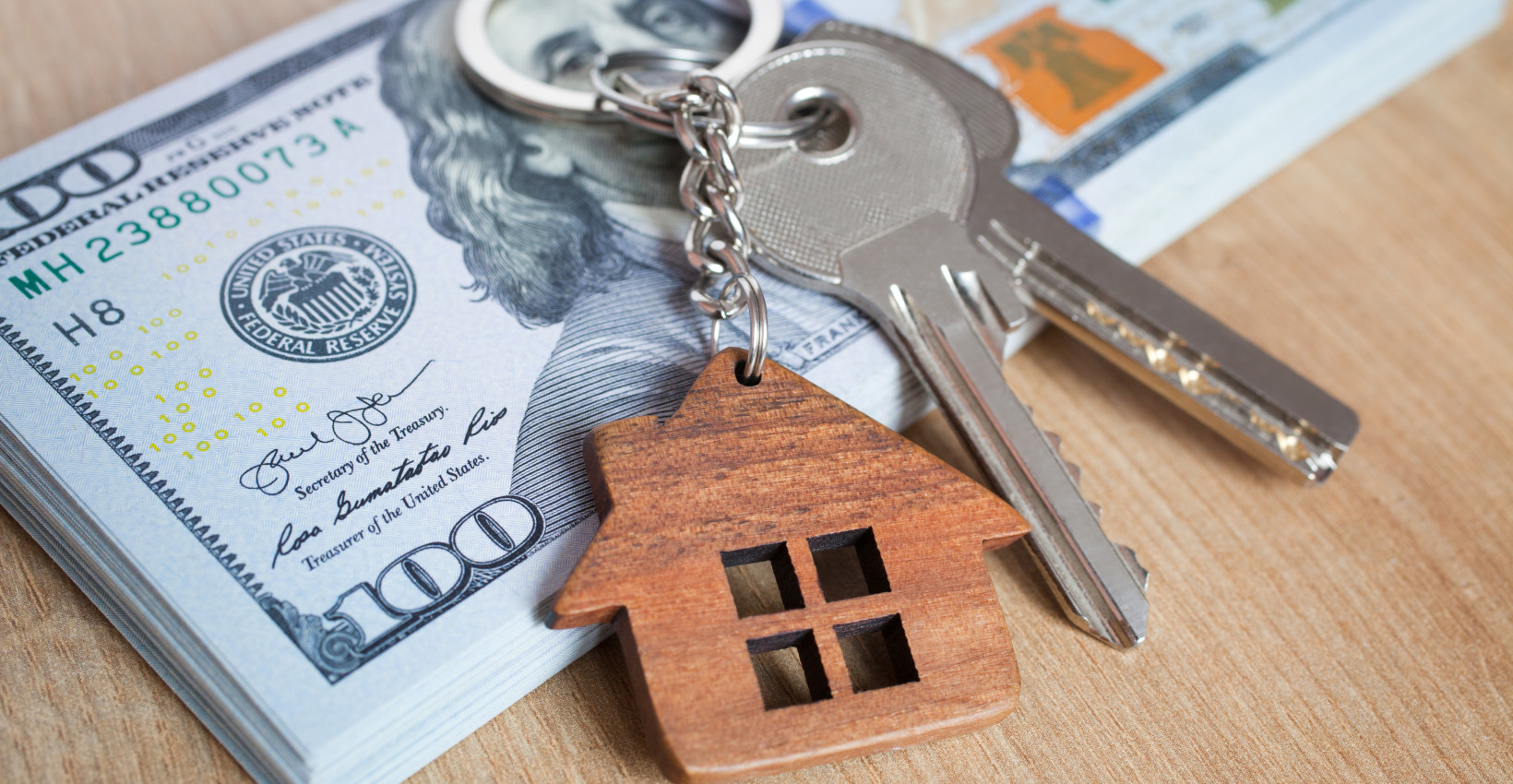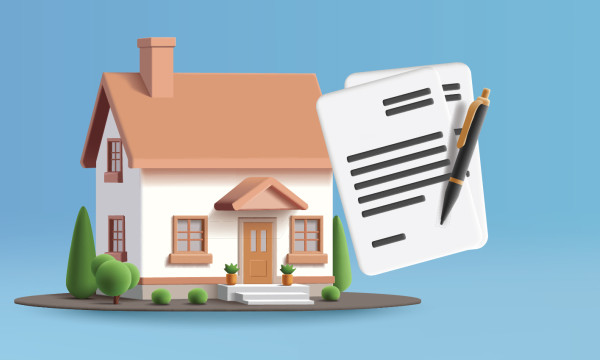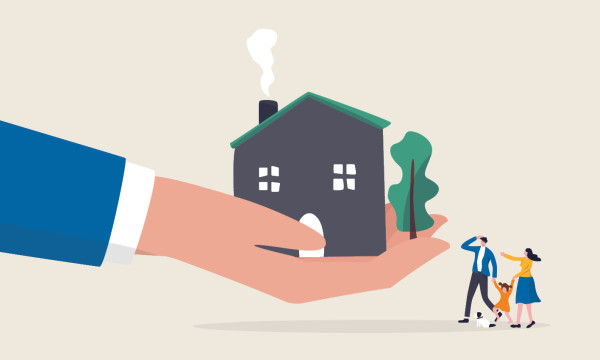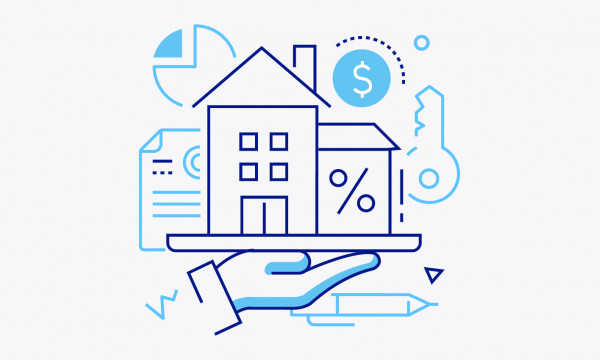Saving for a home: Getting started

Saving for a home can be a significant financial goal, but it’s not as insurmountable as you might think. We’ve found that there’s a common belief about down payments that may not necessarily be true. We’ll address that first, then we’ll walk through some approaches that may help you reach your home goal faster. Let’s dig in!
About the down payment
You may have heard that you’ll be required to put down 20% of the purchase price as a down payment, which may have either impacted the type of home you shop for or delayed the onset of your savings process. This belief may have stemmed from the private mortgage insurance (PMI) rule that many lenders and mortgage investors have, requiring borrowers to carry PMI if the down payment is less than 20% of the purchase price. Though having a larger down payment may save you money over time, it’s not a requirement; depending on your credit score and income, you may be able to get a conventional loan with as little as 3% down.
There are special programs that allow qualified buyers to purchase a home with an even smaller down payment of $1,000 or less. And if you don’t qualify for one of those, there may be other options; for example, you might be eligible for down payment assistance programs such as grants, loans, or tax credits to help first-time homeowners with their down payment.
You will, of course, want to discuss the above with your bank’s mortgage lending expert and find the best opportunity for you. Meanwhile, we have some tips to get you started saving, because even best-case-scenario purchases have earnest deposit, closing costs and moving expenses attached.
Determine affordability
By calculating your monthly income, expenses, and debt obligations, you’ll be able to determine how much you can afford to spend on a home. This is a great first step on your home buying journey, and it will inform your decision about payment amount, since the down payment is typically determined by taking a percentage of the home’s purchase price. A great way to get a realistic expectation of affordability — along with some pro tips — is to get prequalified.
Review your budget
Those expenses we just spoke of? You’ll want to go over them again, building the best budget possible. It’ll most likely be a work in progress as you find ways to reduce expenses and possibly increase income. We’ll give you suggestions in upcoming sections, but you’ll no doubt come up with smart ideas of your own.
You’ll also want to verify your income and expenses, just to make sure you didn’t overlook anything in either category, like an annual bonus or infrequent expense. Then, you’ll want to sort your expenses into fixed (like vehicle payments or others that are the same each month) and variable (such as groceries or entertainment, which fluctuate). Likewise, you’ll look at which expenses are necessary and which are discretionary.
Taking these extra steps now will help you track expenses and also identify opportunities to cut back. Need more help getting started? We have lots of great budgeting resources that you may find helpful. If spreadsheet tracking is not your thing, you may prefer using a budgeting app, and there are some great ones out there. Even a notebook is fine; it’s all a matter of preference.
Set a goal and make a plan
Once you’ve determined your budget, set your savings goal. You should aim to save enough for a down payment plus moving and closing costs, as well as a margin for unexpected expenses. This means you’ll be introducing a new facet to your budget: your new home savings plan. Your savings plan will outline how much you will save each month and how long it will take you to reach your savings goal.
Automate your savings
Setting up automatic transfers from your checking account to your savings account each month is an easy way to save dollars for your new digs without even thinking about it. If you find a higher-yield account to use as your savings account, even better. Or you may find that periodically opening certificates of deposit with your new home savings makes good sense for you.
Make more money
Consider taking on a side hustle, participating in paid surveys, or selling items you no longer need to earn extra money. If you feel you’re underpaid at your job and have been considering asking for a raise or promotion, this might be the right time to present your case. If you have an extra room in your home, consider renting it out on a short-term basis.
Spend less money
A great place to start spending less is to negotiate with service providers, such as internet, cable, or phone companies, to see if you can get a better deal, though it may be worth it to you to give up some of these categories altogether for a while. If you have high-interest loans or credit card debt, consider a refinance to lower your monthly payments (or postpone saving for your home until this debt is decreased).
Trimming nonessential expenses can look different to everyone. Spending less can mean giving up your annual vacations, dining out, entertainment, or shopping. For others, it could mean cancelling subscriptions or memberships, or even carpooling.
Practice smart spending
When you do spend, taking advantage of rewards programs, coupon codes, special deals, and credit card points to earn discounts on purchases or even cash back.
Speaking of cash back, there are several apps that offer cash back for purchases made at certain stores. A cash back credit card is a great resources as long as you’re disciplined enough to follow your budget, pay the balance, and not accrue extra debt (no judgement — it can be tempting to overspend!).
Make it fun
There are numerous savings challenges out there, such as the 52-week money challenge or the $5 bill savings challenge, which are a fun way to save money and can help motivate you to reach your goal faster. To facilitate saving, you can create a no-spend challenge with yourself, setting a goal for how many days you can go without spending money and seeing how much you can save. Or, you could challenge a friend to a savings competition, racing to be the first to reach certain financial goalposts.
Create a vision board
Assemble a vision board of your dream home. Include pictures of the type of house you want, the location, and any other features that are important to you. This will help keep you motivated and focused on your goal.
Ask for help
If you’re struggling to save money or don’t know where to start, consider working with a financial coach or other pro who can help you create a personalized savings plan based on your financial situation and goals.
Saving for a home takes time and discipline, but the payoff is worthwhile! Celebrate your milestones with little treats, and congratulate yourself on this decision to invest in your future.
This article is part of UBT’s Five Principles of Financial Wellness series, and you can find related resources here. Let us know how we can help, and happy saving!
We hope you found some of our tips helpful! This article is part of the Fund Your Dreams, part of UBT's Five Principles of Financial Wellness Series.
Learning Center articles, guides, blogs, podcasts, and videos are for informational purposes only and are not an advertisement for a product or service. The accuracy and completeness is not guaranteed and does not constitute legal or tax advice. Please consult with your own tax, legal, and financial advisors.
Loan products subject to credit approval.





